It’s almost Mother’s Day, but depending on your family’s vaccination status, you may not feel comfortable taking the moms in your life out for brunch just yet. A movie screening at home might be just what the doctor ordered.
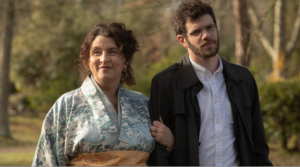
Enter “If You See My Mother,” director Nathanaël Guedj’s French comedy about a man and the most important woman in his life. The film will screen virtually at the Gershman Philadelphia Jewish Film Festival from May 3-10.
The story revolves around the relationship between Max, a bespectacled Jewish ophthalmologist played by Félix Moati, and his mother Monique, a restaurant owner portrayed by Noémie Lvovsky. Monique, like many Jewish mothers, shows her love through cooking copious amounts of delicious food for her children. When she dies suddenly, Max discovers that he can see, hear and touch her at the funeral as if she is still alive.
Initially, he is thrilled, and the two continue to spend time together as mother and son even as the people in Max’s life become increasingly disturbed by his reclusiveness, lack of visible mourning and new habit of talking to himself as he converses with the apparition.
This denial-induced bliss hits a snag when Max becomes romantically involved with Ohiana, a psychotherapist played by the delightful Sara Giraudeau, who shares his offices. Monique appears in his apartment when the couple starts having sex, and she refuses to leave even as he demands she respect his privacy (Ohiana witnesses this exchange as Max furiously gesticulating at thin air.)
Although his loved ones try to be patient with his bizarre plight, their frustration with Max’s inability to see his self-destructive behavior for what it is puts his relationships on tenterhooks. It soon becomes clear that Max must choose between being present for the living and living in a fantasy with the dead.
The film is meant to be a modern take on Sophocles’ “Oedipus Rex,” the story of the king who kills his father and sleeps with his mother because he cannot see the true nature of his actions. While “Mother” is a comedy rather than a tragedy, allusions to the power of sight and blindness abound in Max’s profession as an eye doctor, his reliance on glasses and his inability to see the consequences of his actions. One of his friends, a fellow mama’s boy, is actually nicknamed Oedipus.
The Greek tale combines with distinctively Jewish ideas about death and mourning, although religion appears to be an afterthought at first. The funeral makes it clear that none of the bereaved children truly connect with their religion, and there are no plans to sit shiva for the deceased.
A desperate Max seeks out the bumbling rabbi when he realizes he can see his mother standing next to him, and the learned man’s advice is largely useless. This is underscored by Monique’s outright disdain for the rabbi and the fact that their discussion takes place in a bathroom next to the toilet.
However, the story raises important questions about grief’s potential to overwhelm mourners in the absence of the structure and communal bonding provided by the shiva process. As Ohiana, Oedipus and Max’s sisters observe Max’s increasingly deranged behavior, they realize that he is stuck in the first stage of grief — denial — and incapable of processing his feelings in a healthy way.
Ohiana tries to use her abilities as a therapist to provide some semblance of structure for Max’s grief by sternly asking the apparition of his mother to leave before they have sex and later ordering him to throw away the frozen meals she prepared for him before she died. These attempts ultimately fail, since Max is the only one who can save himself.
Although Moati’s Max is technically the main character in the story, Lvovsky is the true star of the film. Her facial expressions, comedic timing and physical comedy, including the scenes when she snuggles next to Max and Ohianna while they sleep, are a joy to watch.
There is one instance where her performance is undermined by poor scripting and directing decisions: an offensive and unnecessary scene where she is dressed up as a geisha. To reveal the reason behind the costume would spoil the plot, but the scene could have been completely removed from the film without compromising storytelling.
Still, her sense of humor and versatility elevates her character’s overbearing Jewish motherliness beyond stereotype. Lvovsky takes one of Max’s lowest points and makes it her highest when she performs in drag as her son to illustrate the lack of boundaries between them.
Tickets for “If You See My Mother” are available to residents of Pennsylvania, New Jersey and Delaware at pjff.org.
[email protected]; 215-832-0729



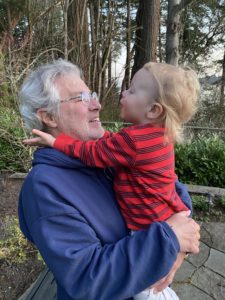
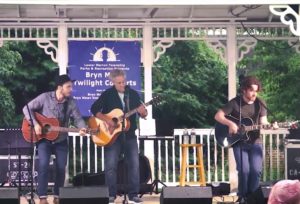
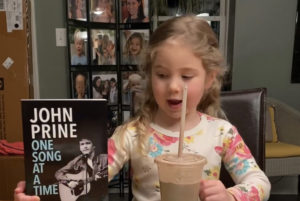
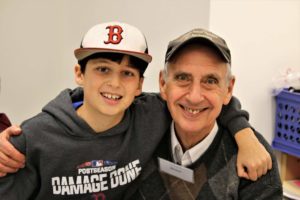
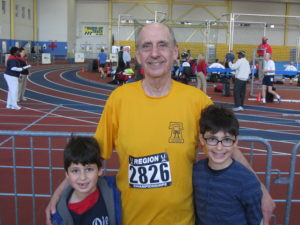
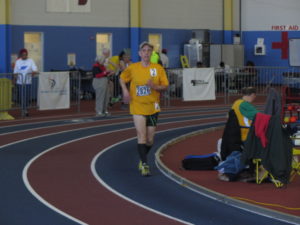
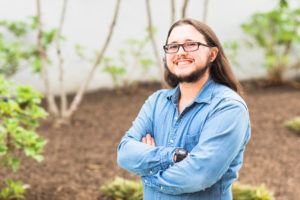





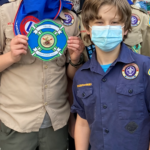

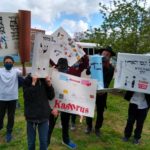

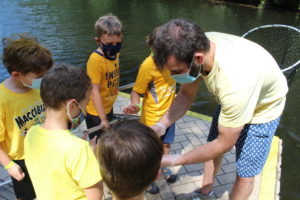
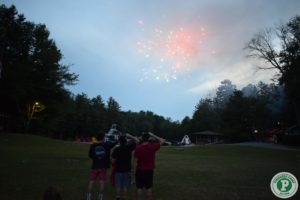
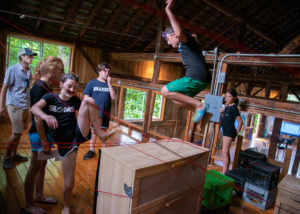
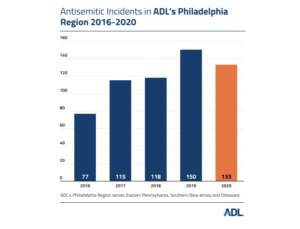
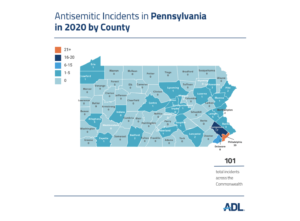

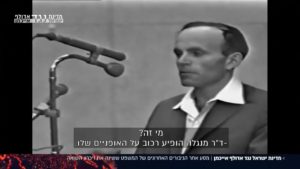
 By Ron Kampeas
By Ron Kampeas